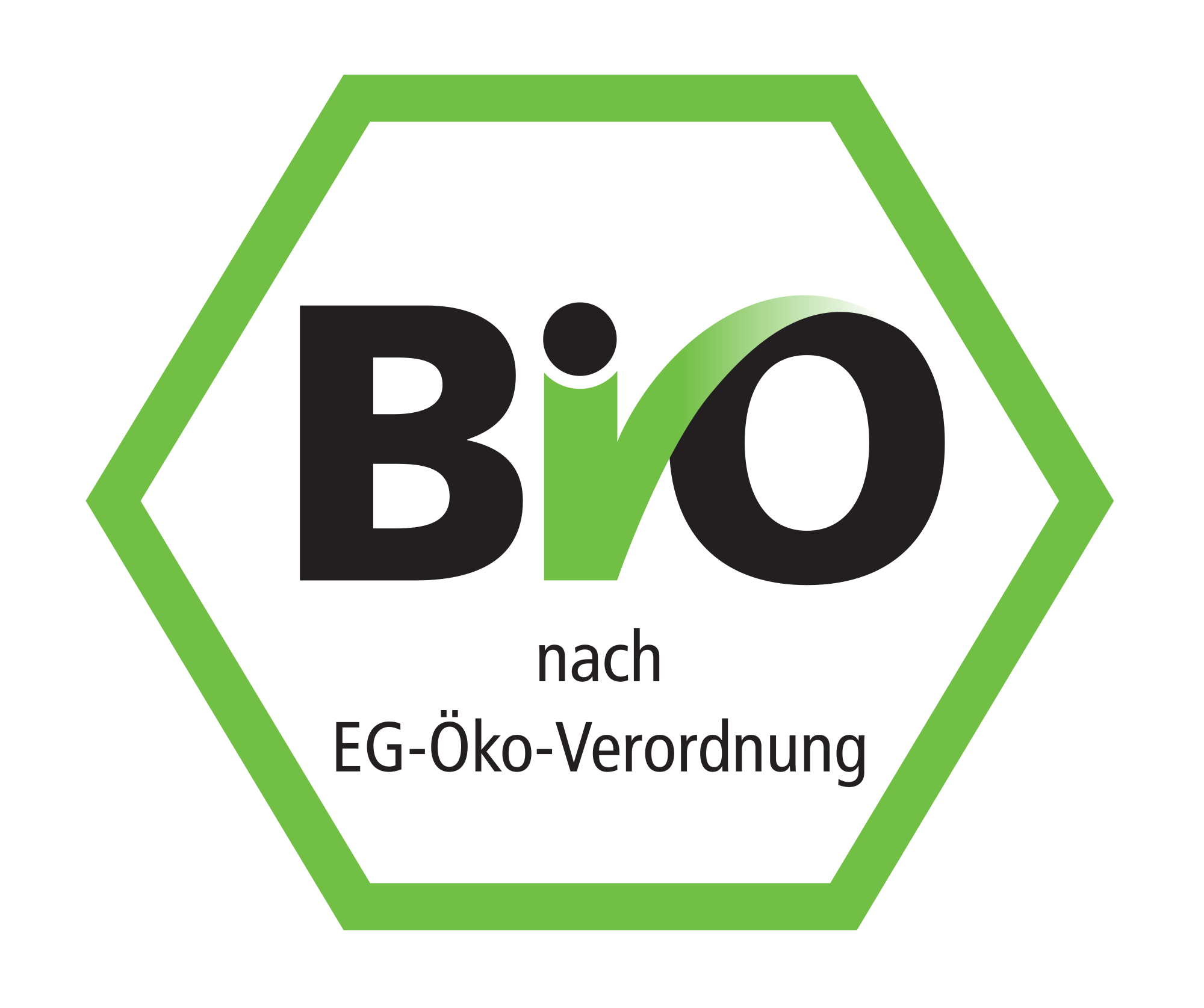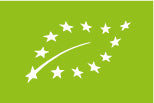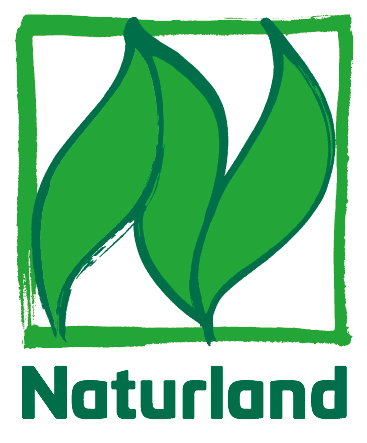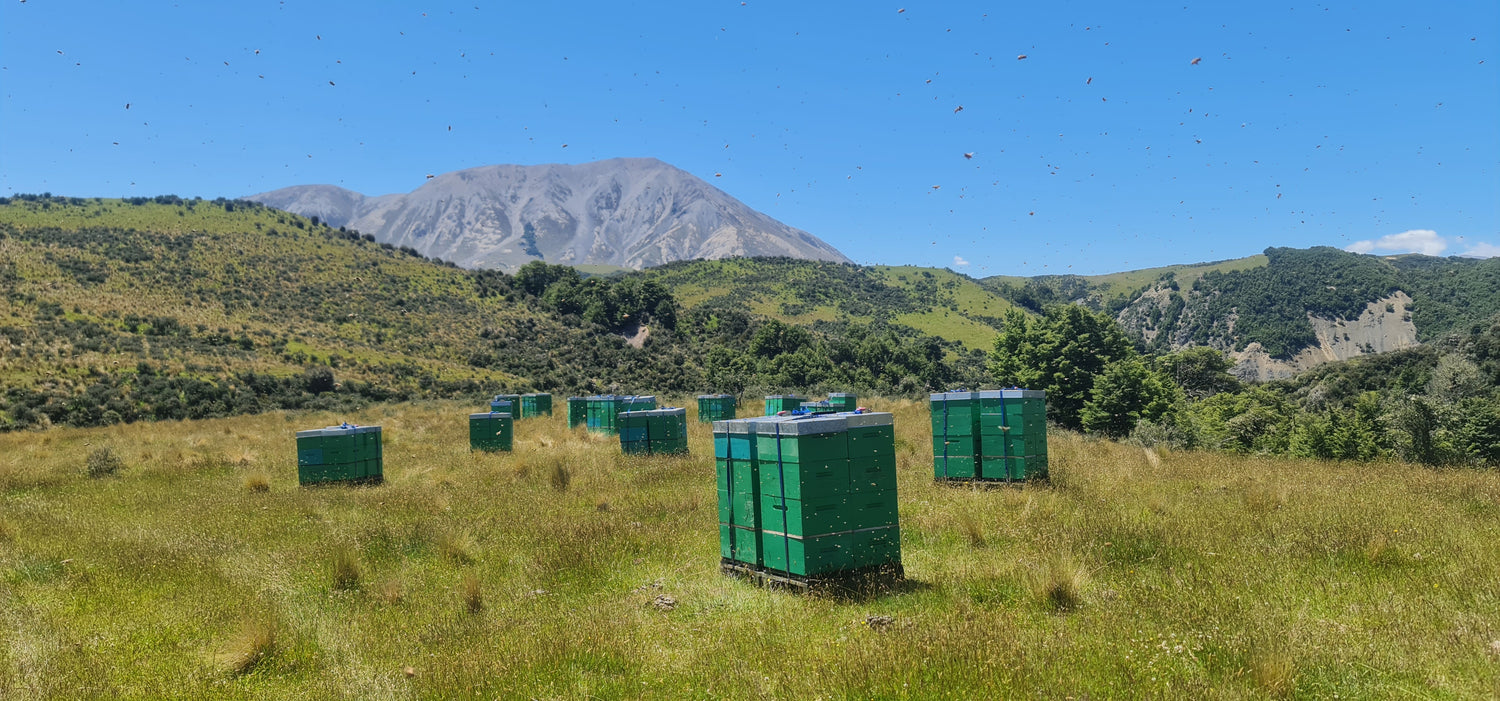
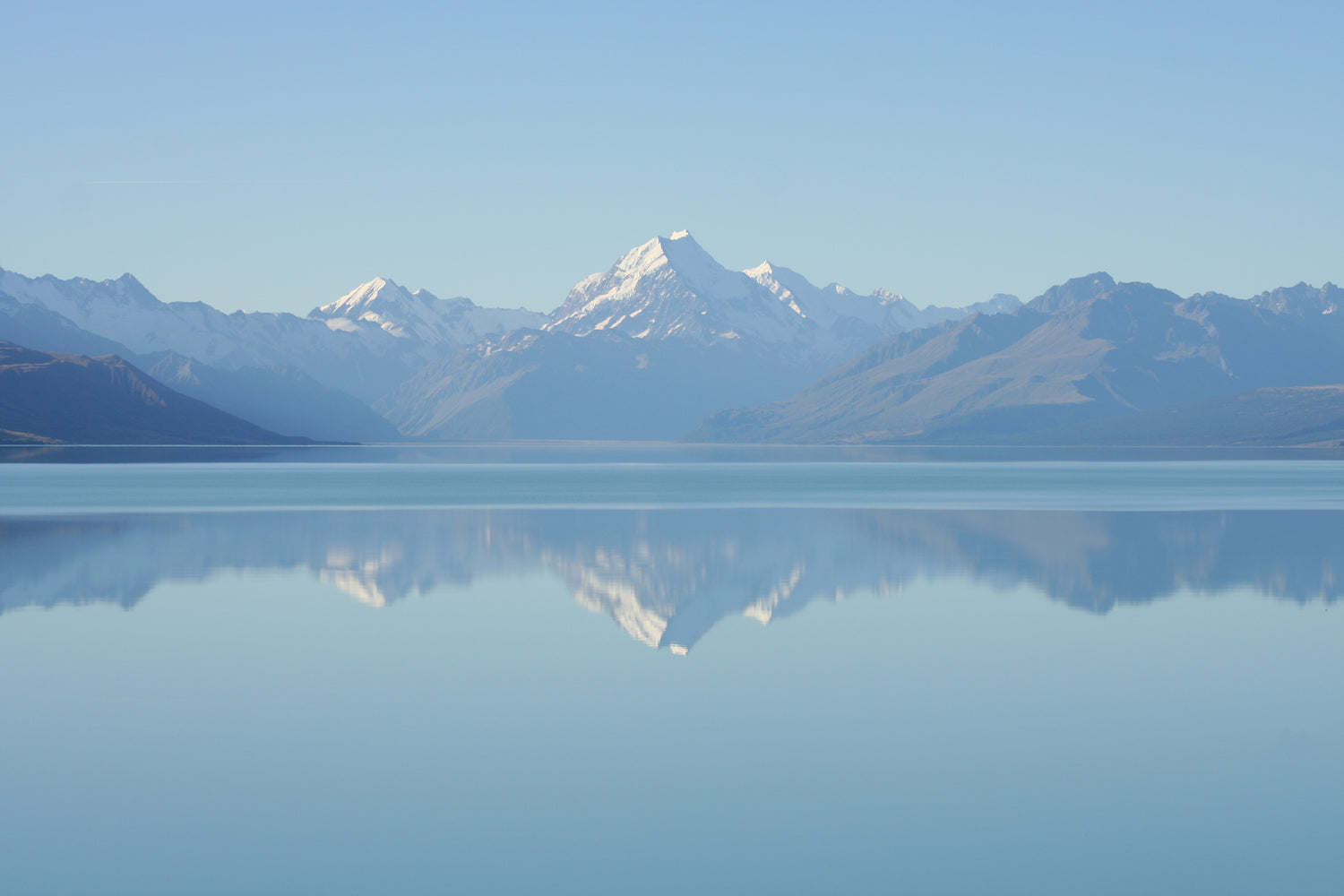

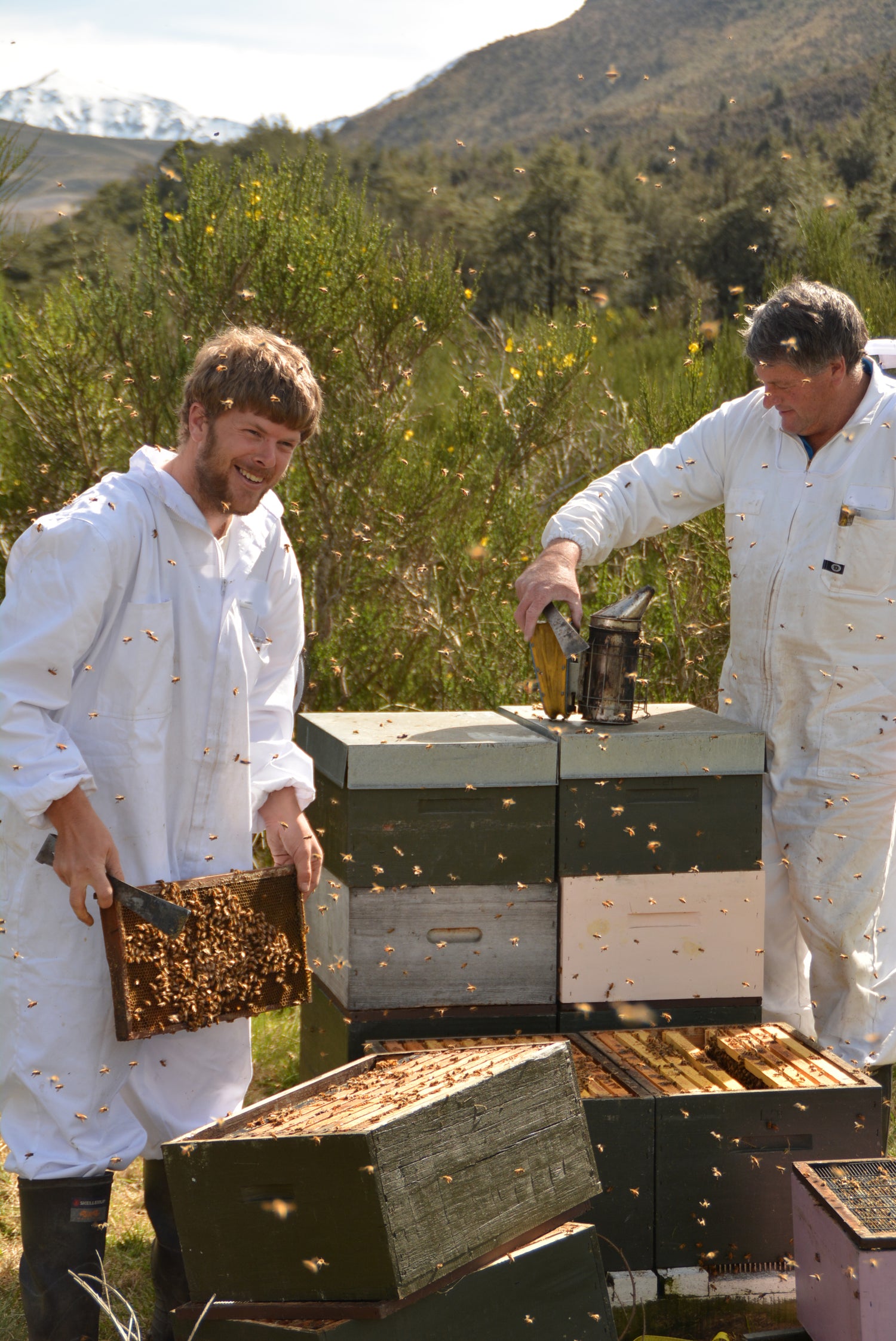
As rich in tradition as we are
The New Zealand family beekeeping business TranzAlpine was founded in 1910 and is located in the middle of the absolutely untouched nature of New Zealand's South Island. The fifth generation of the family has been harvesting high-quality Manuka honey here for over 100 years. The experienced team consists of ten employees.
The partnership began in 2014. Since then, we have been the exclusive importer of the world-famous TranzAlpine organic Manuka honeys in this country.

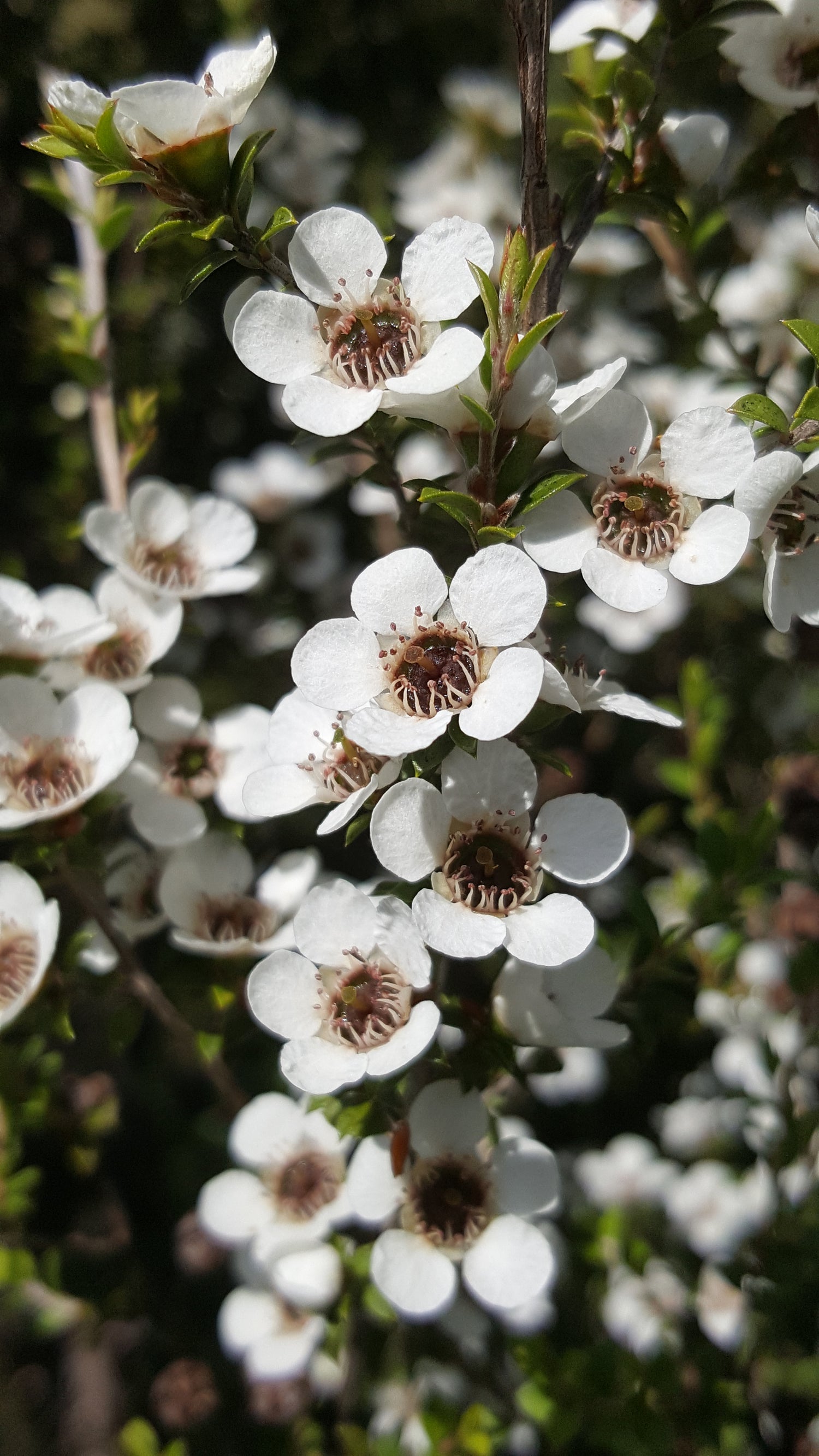
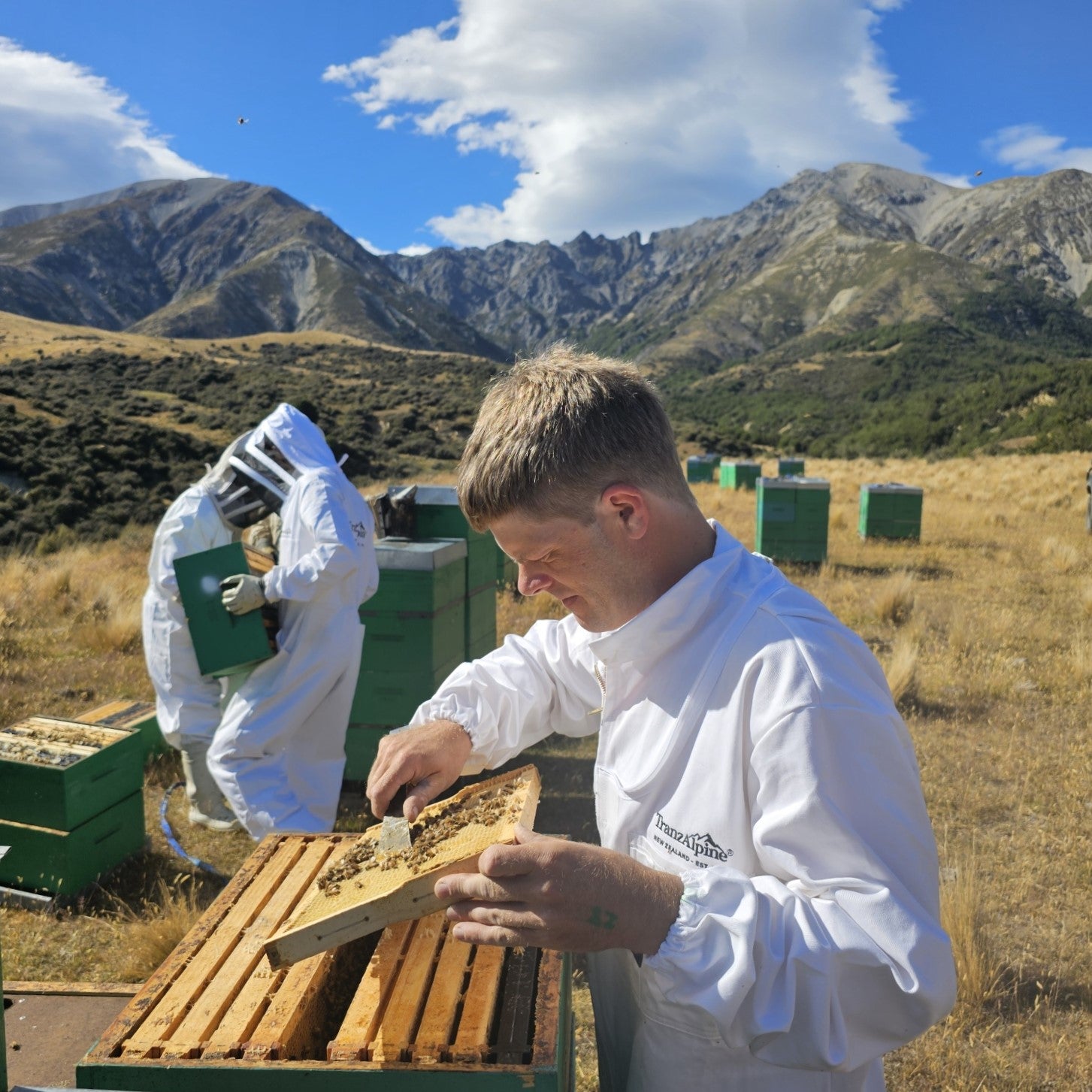
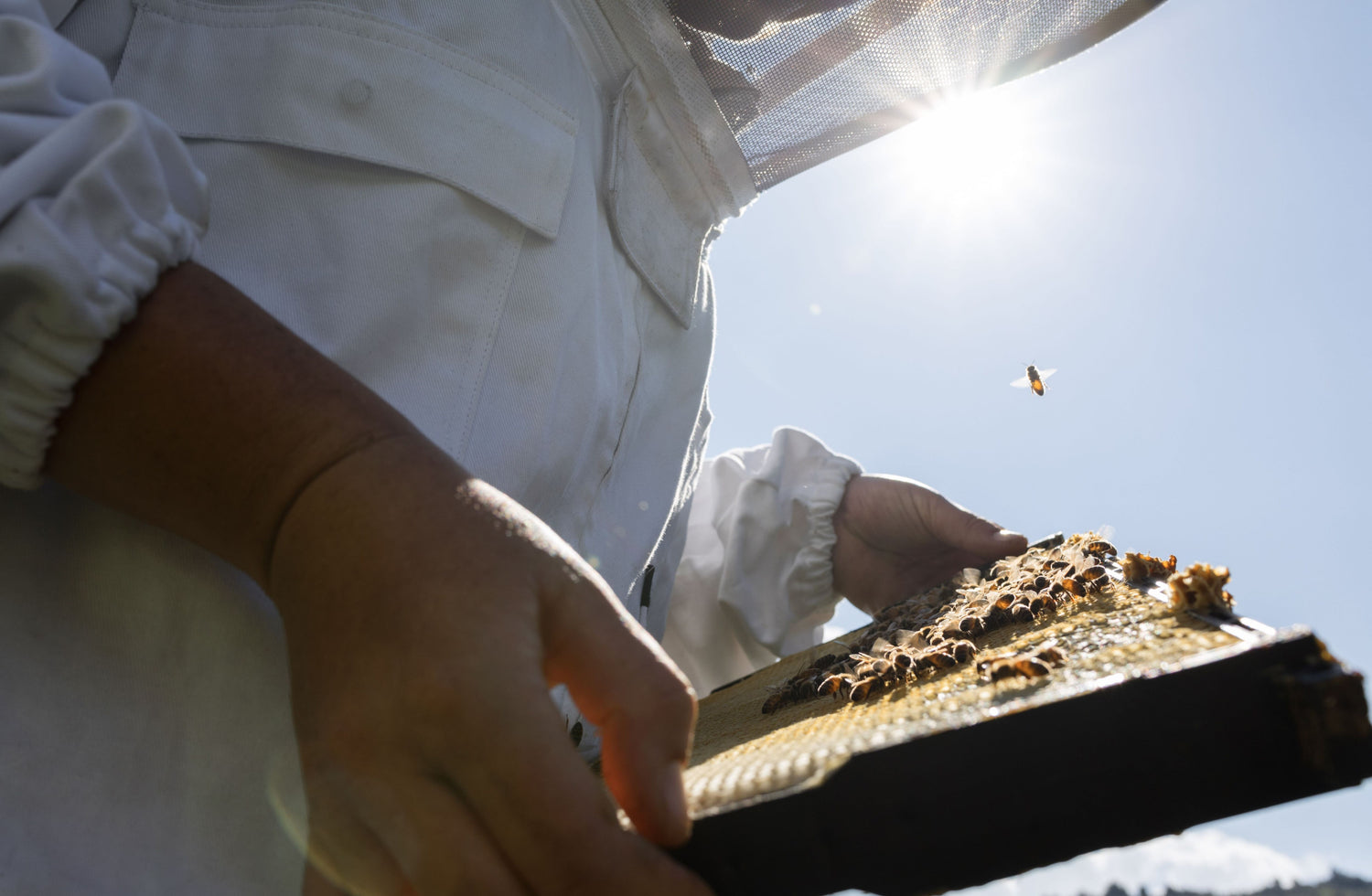
Certified organic for 30 years
For 30 years, TranzAlpine has been certified according to the BioGro guidelines for organic beekeeping, which are comparable to the guidelines of the well-known organic associations in Germany, such as Naturland or Bioland. This certification confirms their sustainable way of working and their commitment to protecting bees and the environment.
TranzApline received special recognition this year when they were awarded the Organic NZ Award in the "BRAND OF THE YEAR 2023" category. This award underlines their sustainable way of working and their commitment to high-quality, organic beekeeping products.
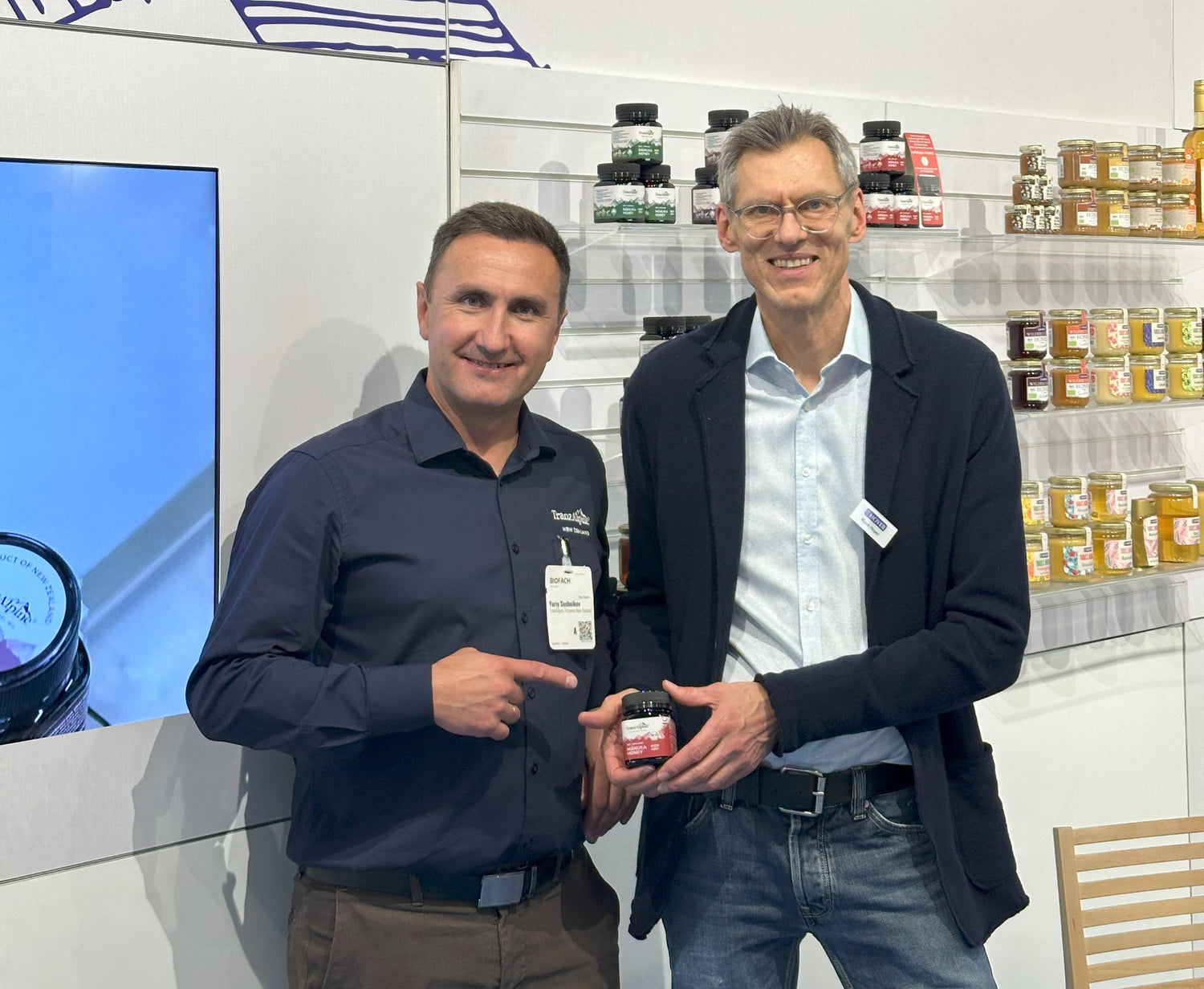
„As a family business with many years of experience, TranzAlpine and HOYER share the same values and goals. With TranzAlpine we are pleased to have a partner at our side who works according to the strict HOYER BIO quality requirements.“
Klaus Hoyer, Managing Director
Where does TranzAlpine Manuka honey come from?
Unique worldwide - Manuka honey
What makes Manuka honey so special?
Manuka honey occupies an outstanding special position due to its unusually high activity. The Institute of Food Chemistry at TU Dresden identified the active ingredient that is primarily responsible for this: methylglyoxal (MGO). In contrast to normal honey, only New Zealand manuka honey contains a significantly high level:
❗️Other honeys: 0 to 20 mg/kg MGO
❗️Manuka honeys: 20 to 800 mg/kg MGO
The higher the content, the more intense the honey and the taste. As is usual with natural products, the differences in the MGO values of Manuka honey are based on factors such as location, weather conditions, time of harvest, storage...
How was Manuka honey discovered?
The South Sea myrtle, also known as manuka (from Māori: Mānuka), is a shrub plant related to the Australian tea tree and is almost exclusively native to New Zealand. Manuka has been used by the Maori, the indigenous people of New Zealand, for many generations.
The effects of manuka honey first attracted attention in the 1930s when New Zealand dairy farmers fed it to their cows and noticed that they suffered significantly fewer illnesses than cows that had not previously been fed manuka honey. Since the 1980s, scientific publications have increasingly referred to the properties of manuka honey.
In recent years, this exceptional honey has also become known in Europe thanks to further research (including at the Technical University of Dresden by Prof. Thomas Henle) and numerous media reports.
What does the term "MGO 250+" mean?
The indication "MGO 250+" means that it contains at least 250 mg/kg of the active ingredient methylglyoxal (MGO).
The higher the content, the more intense the honey and the taste. As is usual with natural products, the differences in the MGO values of Manuka honey are based on factors such as location, weather conditions, time of harvest, storage...
How is Manuka honey used?
Manuka honey is traditionally used externally and internally.
Like other honeys, Manuka honey can of course also be enjoyed on bread, in tea or in smoothies.
Discover our Manuka honey selection
-
Manuka Honey Throat Pastilles Lemon Balm
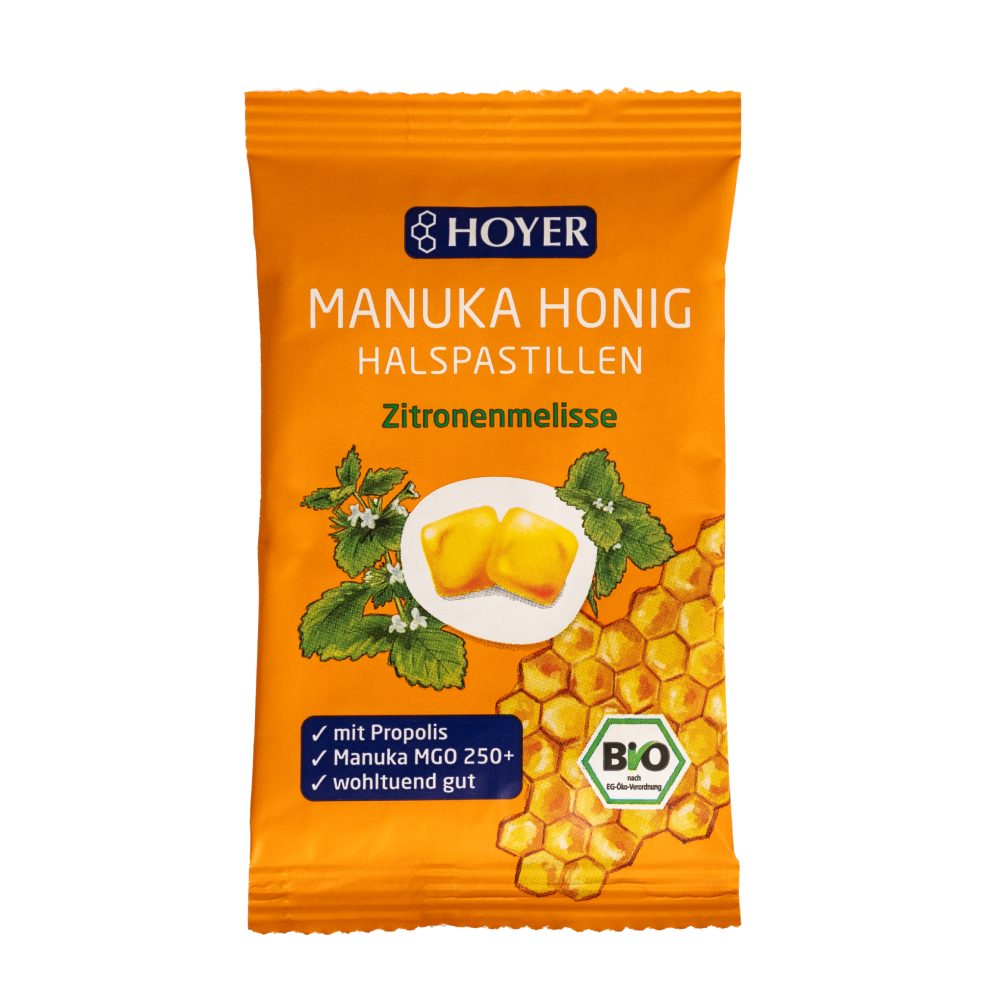 Manuka Honey Throat Pastilles Lemon Balm
Manuka Honey Throat Pastilles Lemon Balm- Regular price
-
€2,99 - Regular price
-
- Sale price
-
€2,99 - Unit price
-
€99,67 per kg
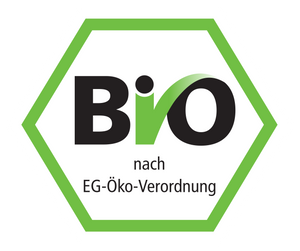
Quick view
-
TranzAlpine Organic Manuka Honey MGO 250+
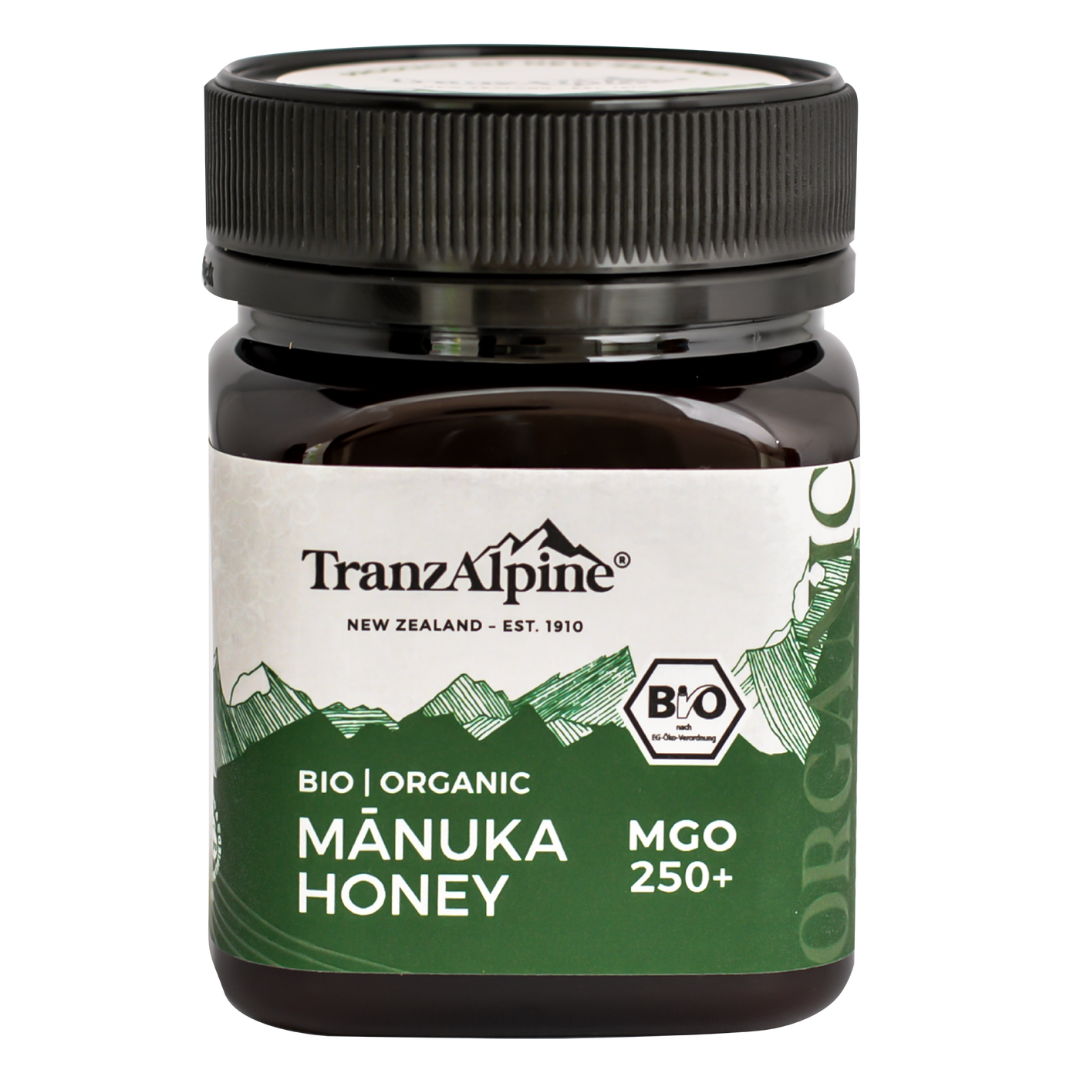 TranzAlpine Organic Manuka Honey MGO 250+
TranzAlpine Organic Manuka Honey MGO 250+- Regular price
-
€34,99 - Regular price
-
- Sale price
-
€34,99 - Unit price
-
€139,96 per kg

Quick view
-
Manuka Honey Throat Pastilles Cassis
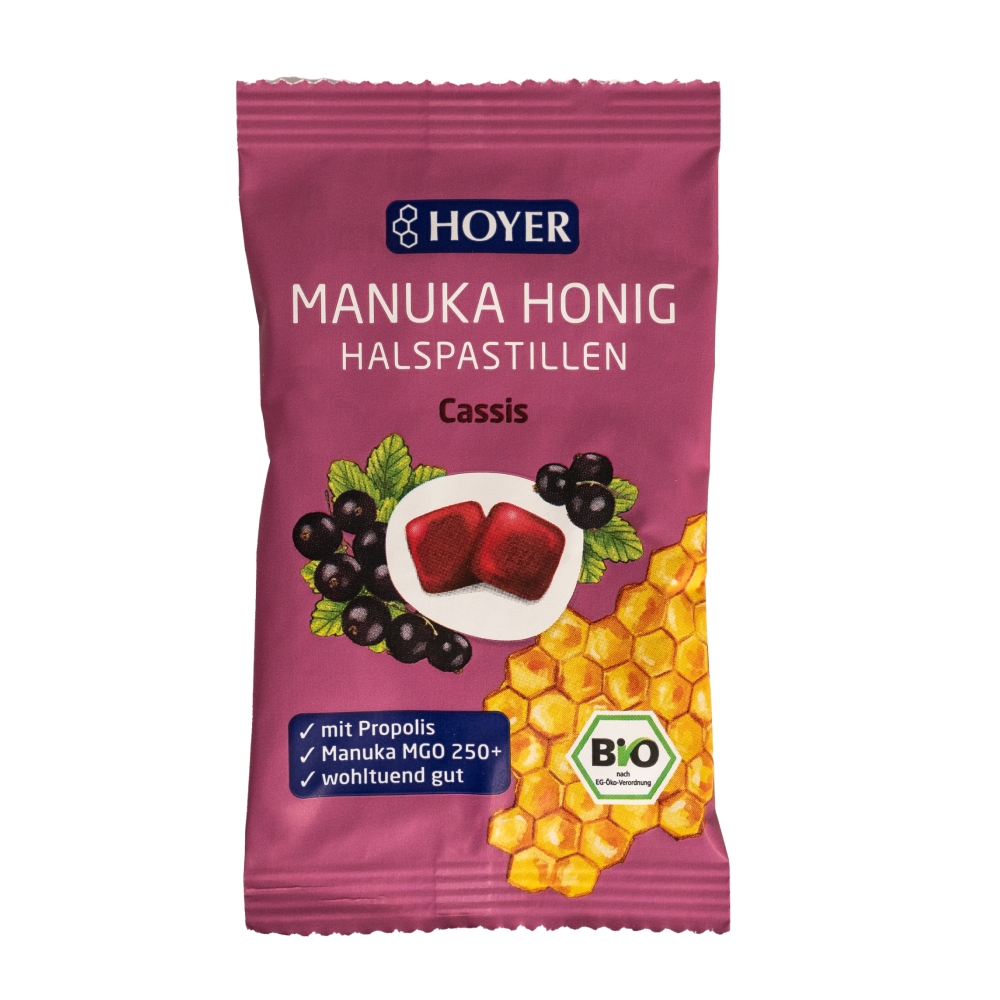 Manuka Honey Throat Pastilles Cassis
Manuka Honey Throat Pastilles Cassis- Regular price
-
€2,99 - Regular price
-
- Sale price
-
€2,99 - Unit price
-
€99,67 per kg

Quick view
-
Manuka honey + propolis spray alcohol-free
 Manuka honey + propolis spray alcohol-free
Manuka honey + propolis spray alcohol-free- Regular price
-
€9,99 - Regular price
-
- Sale price
-
€9,99 - Unit price
-
€333,00 per l

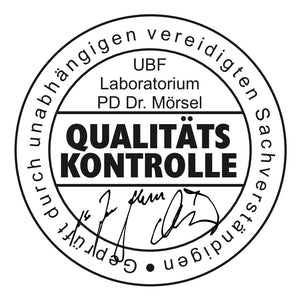
Quick view
